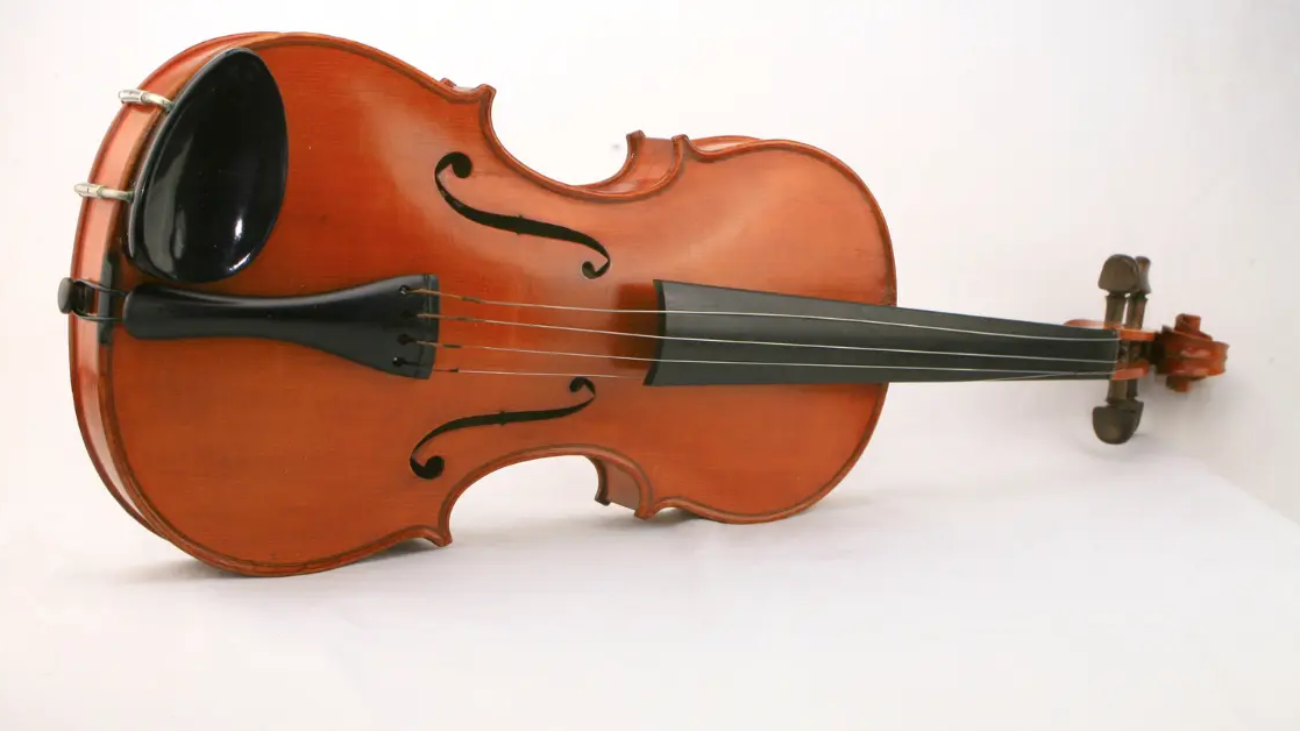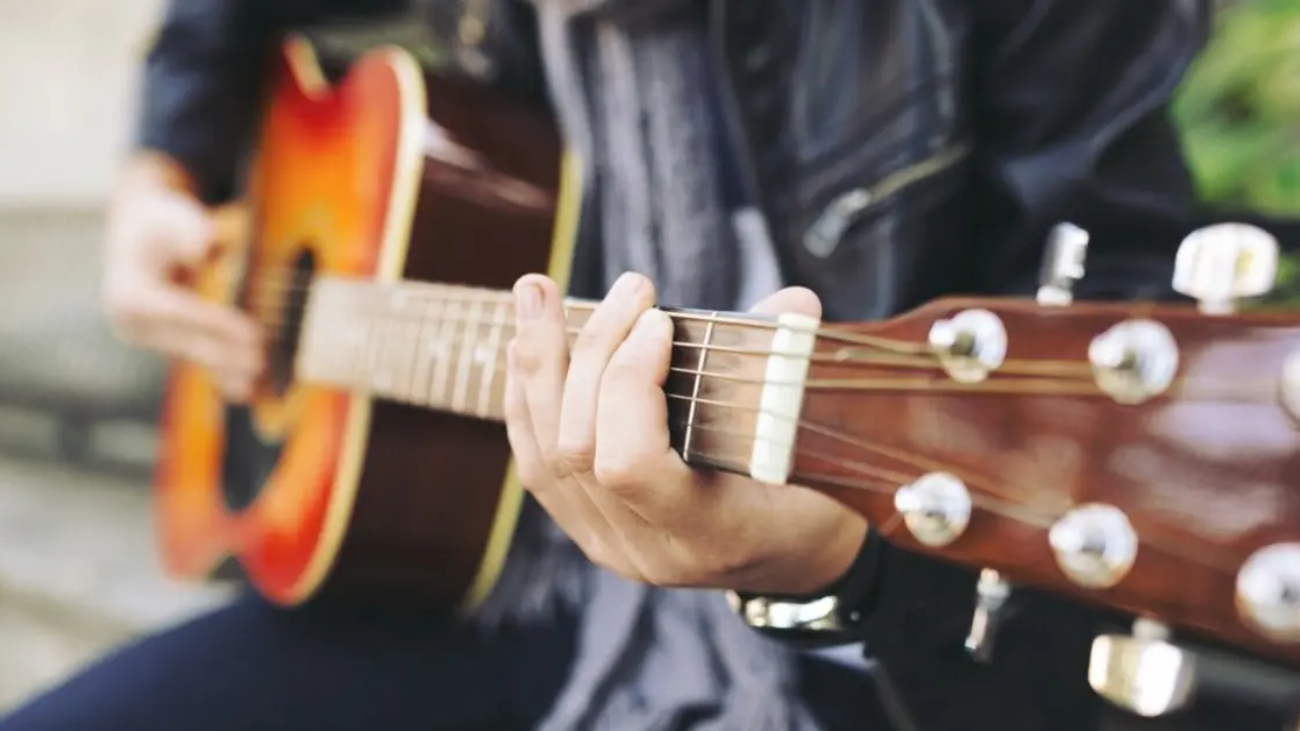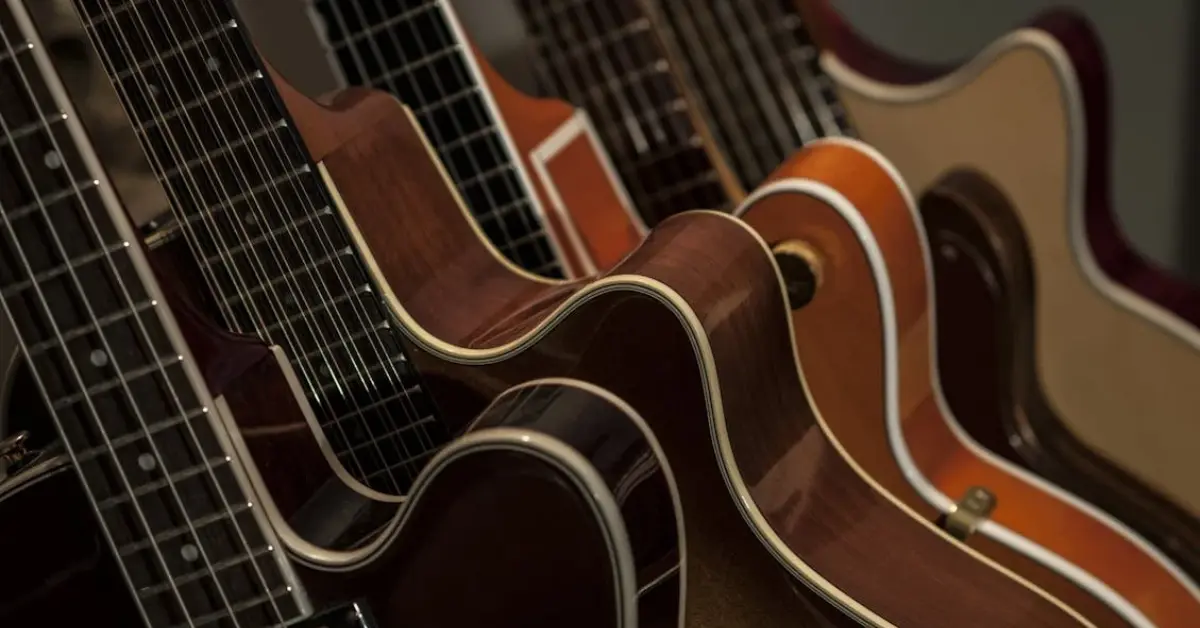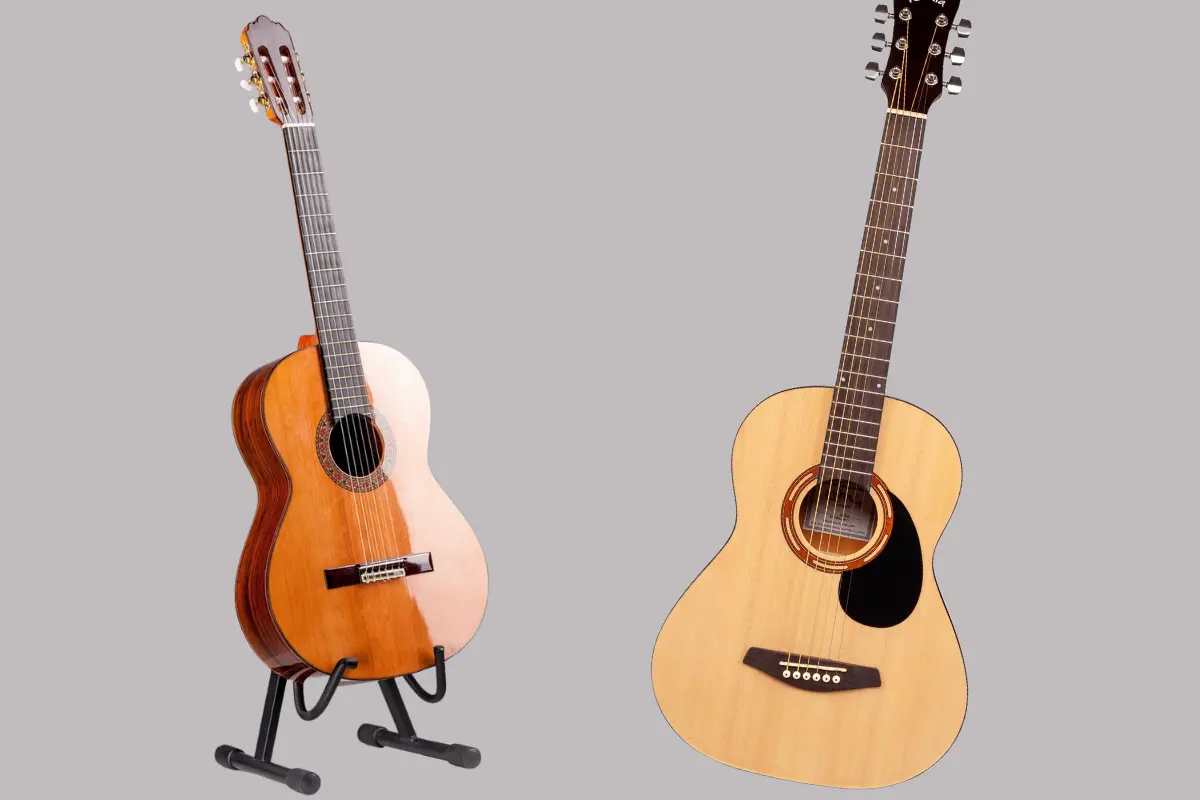How to choose the right violin for beginners with expert-backed tips for perfect tone, comfort, and lasting quality
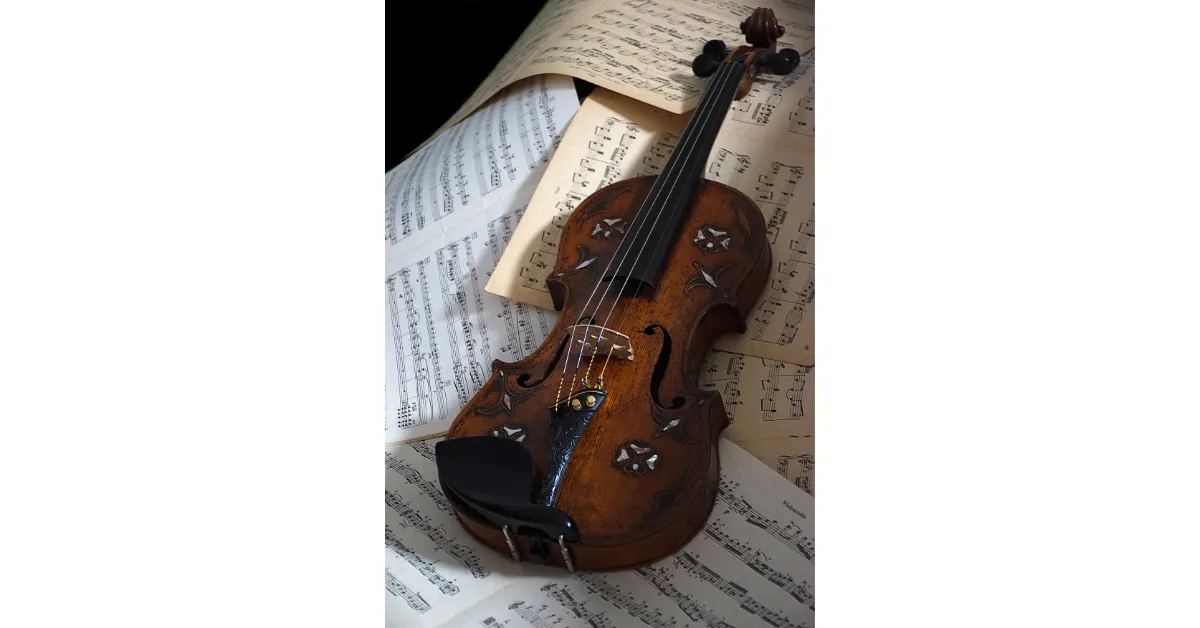
Starting your musical journey with the violin can be an exciting and fulfilling experience—but choosing the right instrument as a beginner can feel overwhelming. With so many options in sizes, materials, brands, and prices, it’s easy to get confused. Knowing how to choose the right violin for beginners is the first step in setting the stage for a smooth and enjoyable learning process. Whether you’re buying for yourself, a child, or a student, this guide will help you make a confident, informed decision to match the player’s needs and goals.
1. Understand the Importance of the Right Violin
Choosing the correct violin isn’t just about how it looks—it directly impacts your sound quality, playability, comfort, and motivation to practice. A poorly chosen violin can cause frustration and even physical strain. On the other hand, a violin suited to your size and skill level will boost your confidence, help you develop proper technique, and make the learning process smoother.
2. Consider the Player’s Age and Arm Length
Violins come in different sizes, from 1/16 to full-size (4/4). The most common mistake beginners make is starting with a violin that’s too large. To choose correctly, measure the player’s arm length—from the neck to the middle of the palm. Use this measurement to select the right size:
- Under 16 inches: 1/16 or 1/10
- 16–18 inches: 1/8
- 18–20 inches: 1/4
- 20–22 inches: 1/2
- 22–23.5 inches: 3/4
- Over 23.5 inches: 4/4 (Full size)
Choosing the correct size is crucial for comfort and proper hand positioning.
3. Decide Between Renting and Buying
For absolute beginners, renting a violin can be a smart way to test commitment before investing in a new one. Renting allows flexibility in size changes for growing children and access to higher-quality instruments without the full upfront cost. However, if you’re confident in continuing long-term, buying a beginner-friendly violin set is more cost-effective in the long run.
4. Set a Realistic Budget
You don’t have to spend a fortune to get a decent beginner violin. Most quality student violins range from ₹6,000 to ₹20,000. Within this range, you can expect a reliable build, acceptable sound, and necessary accessories. Don’t go for extremely cheap violins under ₹3,000—they’re often poorly made and can hinder progress. A budget that includes essentials like a bow, case, and rosin is ideal for new learners.
5. Choose a Violin Outfit for Beginners
Beginner violin “outfits” or starter kits often come with a case, bow, shoulder rest, and rosin. These are essential tools for daily practice. Buying everything together saves time and often ensures compatibility among the pieces. Make sure the bow is well-balanced, the case is lightweight but protective, and the included accessories meet basic quality standards.
6. Focus on Violin Tonewood and Craftsmanship
Tonewood affects the sound and durability of your violin. For beginners, a violin with a solid spruce top and maple back and sides is ideal. Avoid plastic or plywood instruments. Hand-carved violins usually sound better and are more responsive. Check that the bridge, fingerboard (usually ebony), and pegs are well-aligned and functional.
7. Know the Difference Between Factory-Made and Hand-Crafted Violins
Factory-made violins are mass-produced, often using machines, and are cheaper. Hand-crafted violins, while more expensive, offer better sound quality, durability, and attention to detail. As a beginner, a well-made factory violin from a reputable brand is perfectly suitable, but if you have the budget, a handcrafted piece will make a difference in tone and feel.
8. Evaluate Brand Reputation and Reviews
When learning how to choose the right violin for beginners, brand reputation is important. Brands like Cecilio, Mendini, Yamaha, Stentor, and Eastman are known for producing reliable beginner violins. Read reviews, watch unboxing or demo videos, and get opinions from teachers or music store staff to guide your choice.
9. Check the Setup Quality Before Buying
A violin’s “setup” includes how the bridge is placed, the height of the strings, the position of the soundpost, and the tuning pegs. A poor setup can cause buzzing, difficulty tuning, or uncomfortable playing. If buying from a local music store, ask if the violin has been professionally setup. Online buyers should confirm that the instrument arrives ready to play or get it adjusted at a shop.
10. Visit a Music Store or Try Before You Buy
Whenever possible, visit a local music shop and try out several violins. This helps you feel the difference in tone, weight, neck comfort, and bow tension. Staff can assist in guiding you toward the best choice based on your needs. Even if you plan to buy online, trying a few violins in person gives valuable insight into what feels and sounds right.
11. Ask for Teacher Recommendations
A violin teacher can be an invaluable guide when choosing a beginner instrument. They can recommend trusted brands, appropriate sizes, and accessories. Many instructors prefer students use instruments they’ve personally checked for quality and playability. Their expertise will help you avoid common beginner pitfalls.
12. Know What Accessories You Need
Besides the violin, you’ll need:
- A bow with horsehair and good tension
- Rosin for the bow
- A shoulder rest for comfort
- A tuner or tuning app
- Spare strings
- A soft cloth for cleaning
These accessories ensure a smooth playing experience and help maintain the violin’s condition.
13. Consider Electric Violins (If Applicable)
Electric violins are an option for modern beginners who want silent practice or play in amplified settings. They often come in futuristic designs and can be connected to headphones or amps. However, they don’t offer the same acoustic feedback as traditional violins, so they’re not ideal for learning proper tone and bowing techniques at the start.
14. Maintenance and Care for Beginners
Once you’ve chosen your violin, caring for it properly will extend its life and preserve sound quality. Always store the violin in its case, avoid extreme heat or moisture, and loosen the bow when not in use. Clean rosin dust off the body with a soft cloth and get the violin serviced if you notice any tuning or string issues.
15. Look for Beginner-Friendly Features
Some violins come with beginner enhancements like pre-installed fingerboard stickers, lightweight bows, or built-in tuners. These features can make it easier for new learners to practice correctly and stay motivated. Just ensure these additions don’t compromise on build quality.
16. Don’t Ignore the Bow Quality
The bow plays a massive role in tone production. A poor-quality bow can make even the best violin sound bad. Look for a bow made of Brazilwood or carbon fiber, with straight alignment, smooth horsehair, and easy-to-use screw tension. A balanced bow helps beginners develop proper bowing technique with more control.
17. Choose the Right Strings for the Player’s Level
Beginner violins often come with basic steel-core strings, which are durable and stay in tune well. As students progress, they may opt for synthetic-core strings that offer warmer tones. Brands like D’Addario, Pirastro, and Thomastik offer good options across all levels. Strings greatly affect sound and feel, so they’re worth exploring once a solid foundation is built.
18. Take Advantage of Student Discounts or Packages
Many stores offer special pricing for students or first-time buyers, which can include free lessons, discounts on accessories, or free servicing for a limited time. Ask about these offers, especially if you’re buying from a local store or enrolling in a music school. It’s a great way to get more value as you begin your violin journey.
19. Upgrade Gradually as Skills Improve
You don’t need the perfect violin from day one. Focus on finding a reliable, comfortable beginner model. As skills progress, you can upgrade to a better bow, strings, or eventually a more advanced instrument. This progressive approach allows players to grow naturally without the pressure of mastering a high-end violin too soon.
20. Trust Your Ears and Hands
Finally, trust how the violin feels in your hands and how it sounds to your ears. Even beginners can sense when an instrument feels awkward or sounds dull. If it feels good to play and inspires you to practice, that’s a clear sign you’ve made the right choice. Learning how to choose the right violin for beginners is as much about intuition as it is about technical specs.
CONCLUSION
Selecting your first violin is a key step in building a strong musical foundation. From size and tonewood to budget and setup, every detail matters in making the right choice. By understanding how to choose the right violin for beginners, you empower yourself or your child to start this beautiful musical journey with confidence. Use the guidance in this blog to explore your options, ask the right questions, and choose an instrument that nurtures growth, creativity, and joy from the very first note.
At NMS Musicals, we offer a comprehensive range of musical instruments, including percussion, string, wind, and keyboard instruments. Our services encompass sales, expert servicing, and the manufacture of leather instruments. Explore our diverse collection and find the perfect instrument to suit your musical needs.
Visit our website to browse our offerings: nmsmusicals.in
For a closer look at our products, check out our shop page: nmsmusicals.in/shop
Stay connected with us through our social media channels:
- Facebook: https://www.facebook.com/nmsmusicalinstruments/
- Instagram: https://www.instagram.com/nmsmusicals/?hl=en
- YouTube: youtube.com/@nmsmusicals
Our shop locations are:
- Puducherry: 149, Perumal Koil Street, Heritage Town, Puducherry, 605001.
Map Link: https://maps.app.goo.gl/ejDwBBFEJmd3szxk7 - Chennai: No: 1, 1st Floor, Kandigai Street, TVS Nagar, Korattur, Chennai – 600076.
Map Link: https://maps.app.goo.gl/7oXmB6X7KQsqeuuw9
For inquiries, contact/Whatsapp us at 9500663895 or email us at laxman.m89@gmail.com.
Discover the world of musical instruments with NMS Musicals today!
For a visual overview of our percussion instruments, watch the following video:


 Cart is empty
Cart is empty 